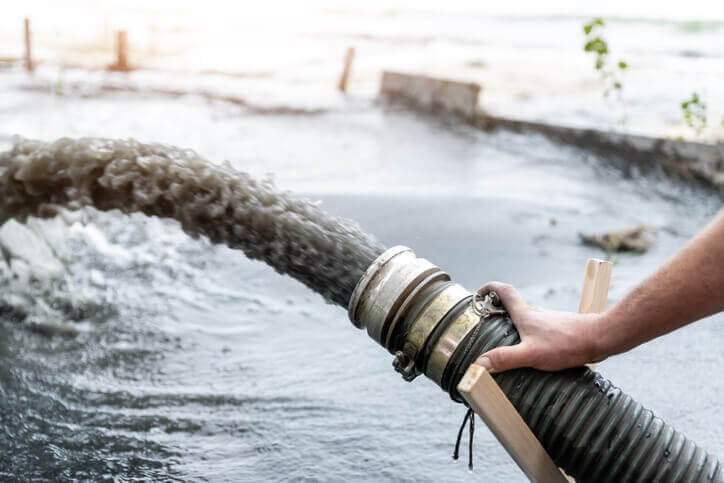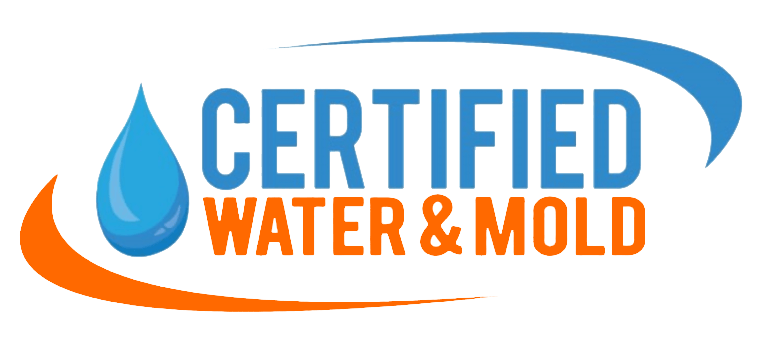Certified Water & Mold Restoration, LLC

CONTACT US
- 2021 B East Spruce Circle Olathe, KS 66062.
- 816-835-4959
- mike@cwmrestoration.com
BUISNESS LISTINGS
Common causes of wet basements
Discover common causes of wet basements and effective restoration solutions by CWM in Overland Park. Call 816-835-4959. There are a number of common causes of wet basements, including:
• Poor drainage: If the ground around your home is not properly graded, water can pool around the foundation and seep into the basement.
• Foundation cracks: Cracks in the foundation can allow water to leak into the basement.
• Clogged gutters and downspouts: Clogged gutters and downspouts can cause rainwater to overflow and pool around the foundation of your home, which can lead to water seeping into the basement.
• Plumbing leaks: Leaks in plumbing pipes can also cause water to accumulate in the basement.
• Condensation: Condensation can form on the walls and floors of a basement, especially if the basement is poorly ventilated.
How to restore a wet basement
If you have a wet basement, there are a number of steps you can take to restore it:
1. Identify and fix the source of the water leak. This may involve repairing a cracked foundation, installing new gutters and downspouts, or fixing a plumbing leak.
2. Remove any water that has accumulated in the basement. You can use a wet/dry vacuum cleaner or a sump pump to remove the water.
3. Dry out the basement. You can use fans, dehumidifiers, or a combination of both to dry out the basement.
4. Clean and disinfect the basement. Once the basement is dry, you need to clean and disinfect it to prevent mold growth.
5. Take steps to prevent water from accumulating in the basement in the future. This may involve installing a sump pump, improving drainage around your home, or waterproofing the foundation of your home.
If you have a severe water problem in your basement, you may need to hire a professional basement restoration company. These companies have the experience and equipment to restore your basement to its original condition.
Here are some additional tips for restoring a wet basement:
• Document the damage. Before you start any repairs, take photos and videos of the damage in your basement. This will help you to get insurance coverage for the repairs.
• Move any belongings out of the basement. If you have any belongings in your basement, move them to a dry location to prevent them from being damaged by water.
• Remove any wet insulation. Wet insulation can harbor mold and mildew, and it can also contribute to the moisture in your basement.
• Repair any damaged drywall. If the drywall in your basement has been damaged by water, you need to repair it. This may involve replacing the damaged drywall with new ones.
• Improve ventilation in your basement. Good ventilation can help to reduce moisture in your basement. You can improve ventilation by installing vents or by running a fan in your basement.
By following these steps, you can restore your wet basement to its original condition and prevent water damage from occurring in the future. 816-835-4959
• Document the damage. Before you start any repairs, take photos and videos of the damage in your basement. This will help you to get insurance coverage for the repairs.
• Move any belongings out of the basement. If you have any belongings in your basement, move them to a dry location to prevent them from being damaged by water.
• Remove any wet insulation. Wet insulation can harbor mold and mildew, and it can also contribute to the moisture in your basement.
• Repair any damaged drywall. If the drywall in your basement has been damaged by water, you need to repair it. This may involve replacing the damaged drywall with new ones.
• Improve ventilation in your basement. Good ventilation can help to reduce moisture in your basement. You can improve ventilation by installing vents or by running a fan in your basement.
By following these steps, you can restore your wet basement to its original condition and prevent water damage from occurring in the future. 816-835-4959
• Document the damage. Before you start any repairs, take photos and videos of the damage in your basement. This will help you to get insurance coverage for the repairs.
• Move any belongings out of the basement. If you have any belongings in your basement, move them to a dry location to prevent them from being damaged by water.
• Remove any wet insulation. Wet insulation can harbor mold and mildew, and it can also contribute to the moisture in your basement.
• Repair any damaged drywall. If the drywall in your basement has been damaged by water, you need to repair it. This may involve replacing the damaged drywall with new ones.
• Improve ventilation in your basement. Good ventilation can help to reduce moisture in your basement. You can improve ventilation by installing vents or by running a fan in your basement.
By following these steps, you can restore your wet basement to its original condition and prevent water damage from occurring in the future. 816-835-4959
• Document the damage. Before you start any repairs, take photos and videos of the damage in your basement. This will help you to get insurance coverage for the repairs.
• Move any belongings out of the basement. If you have any belongings in your basement, move them to a dry location to prevent them from being damaged by water.
• Remove any wet insulation. Wet insulation can harbor mold and mildew, and it can also contribute to the moisture in your basement.
• Repair any damaged drywall. If the drywall in your basement has been damaged by water, you need to repair it. This may involve replacing the damaged drywall with new ones.
• Improve ventilation in your basement. Good ventilation can help to reduce moisture in your basement. You can improve ventilation by installing vents or by running a fan in your basement.
By following these steps, you can restore your wet basement to its original condition and prevent water damage from occurring in the future. 816-835-4959
• Document the damage. Before you start any repairs, take photos and videos of the damage in your basement. This will help you to get insurance coverage for the repairs.
• Move any belongings out of the basement. If you have any belongings in your basement, move them to a dry location to prevent them from being damaged by water.
• Remove any wet insulation. Wet insulation can harbor mold and mildew, and it can also contribute to the moisture in your basement.
• Repair any damaged drywall. If the drywall in your basement has been damaged by water, you need to repair it. This may involve replacing the damaged drywall with new ones.
• Improve ventilation in your basement. Good ventilation can help to reduce moisture in your basement. You can improve ventilation by installing vents or by running a fan in your basement.
By following these steps, you can restore your wet basement to its original condition and prevent water damage from occurring in the future. 816-835-4959
• Document the damage. Before you start any repairs, take photos and videos of the damage in your basement. This will help you to get insurance coverage for the repairs.
• Move any belongings out of the basement. If you have any belongings in your basement, move them to a dry location to prevent them from being damaged by water.
• Remove any wet insulation. Wet insulation can harbor mold and mildew, and it can also contribute to the moisture in your basement.
• Repair any damaged drywall. If the drywall in your basement has been damaged by water, you need to repair it. This may involve replacing the damaged drywall with new ones.
• Improve ventilation in your basement. Good ventilation can help to reduce moisture in your basement. You can improve ventilation by installing vents or by running a fan in your basement.
By following these steps, you can restore your wet basement to its original condition and prevent water damage from occurring in the future. 816-835-4959







